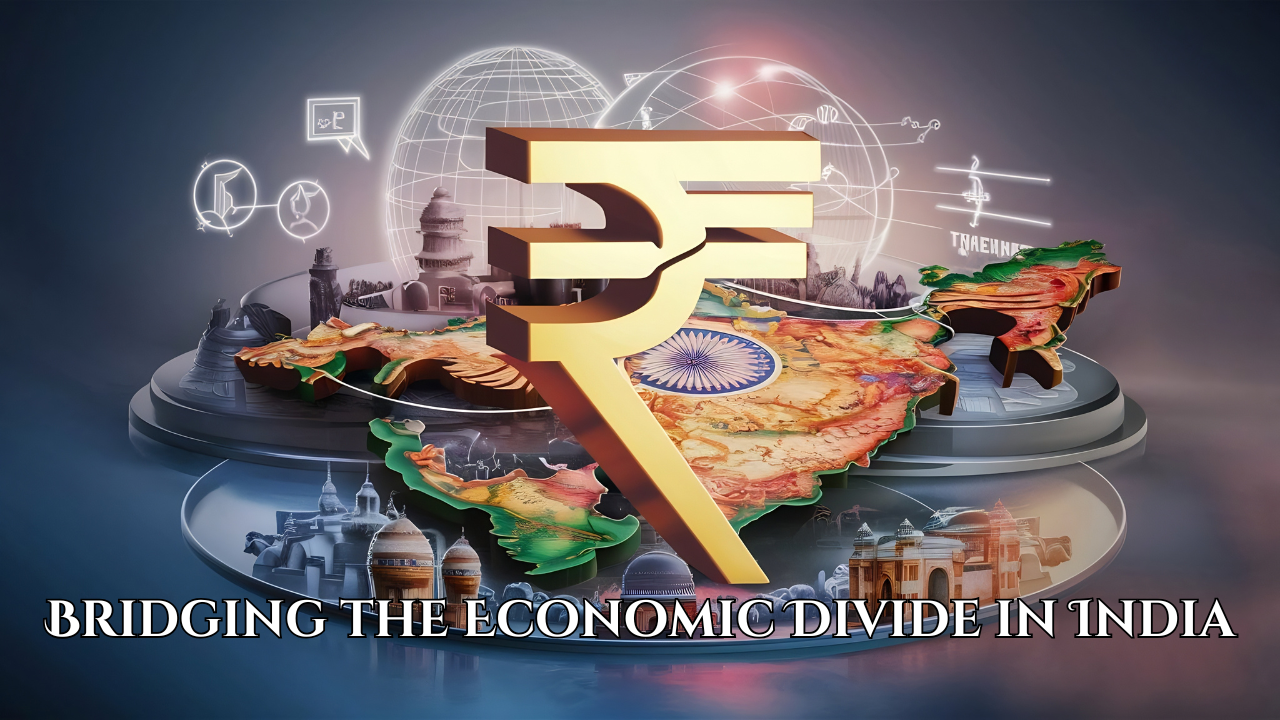Font size:
Print
Reassessment of FTA Negotiation under BIMSTEC
Context:
The Union Commerce Minister Piyush Goyal called for Re-evaluation of the BIMSTEC Free Trade Agreement Approach Due to Slow Progress.
About BIMSTEC FTA negotiation:
- The bloc has been negotiating a proposed Free Trade Agreement (FTA) since 2004, with 22 rounds of talks held so far including the last round that was held in 2018.
- FTA Negotiations: BIMSTEC members have been focusing on trade in goods, services, investment, and customs cooperation.
- However, the agreement has faced delays, with key issues including differing tariff reduction schedules and unresolved trade barriers.

Trade Relations:
- For India, the BIMSTEC economies continue to represent a negligible fraction of its total trade balance, worth only 7% of its total exports ($22 billion) and 2% of its imports ($9 billion).
- India’s trade with BIMSTEC countries reached $44.32 billion in 2023-24.
- Thailand was the largest partner with a trade deficit of $4.87 billion, while Bangladesh had a trade surplus of $9.22 billion in India’s favour.
- Intra-BIMSTEC trade remains significantly lower compared to other regional trade MERCOSUR (16%), and ASEAN (29%).
Reasons for Economic Disintegration of South Asia:
- Institutional Challenges: Institutional mechanisms necessary for effective functioning of BIMSTEC are still inadequately established.
- The BIMSTEC permanent secretariat in Dhaka is often underfunded and understaffed, which hampers its ability to facilitate cooperation.
- Lack of Political Will: According to C. Raja Mohan Lack of political will and competition between regional organisations like SAARC and ASEAN have hindered BIMSTEC’s prioritisation.
- Strained political relations and historical conflicts, such as between India and Pakistan, further impact regional cooperation and trust.
- Economic Disparities:The member countries exhibit significant economic disparities, with some being least developed countries (LDCs).
- This leads to varied interests and priorities, complicating efforts for cohesive economic integration.
- FDI in BIMSTEC is concentrated in India, Bangladesh, Myanmar, Thailand, and Sri Lanka.
- Enhancing intra-regional investment cooperation and improving investment climates can boost economic development.
- Lack of Infrastructure and Connectivity:Poor infrastructure and connectivity within the region hinder trade and investment.
- High transportation and logistics costs further exacerbate the challenges of enhancing economic cooperation.
- Maritime Trade and Fisheries Issues:Although the Bay of Bengal is rich in resources and has a significant fishing population, BIMSTEC members have not developed a cohesive maritime trade ecosystem.
- Issues such as the frequent detention of fishermen crossing territorial borders have also strained relations.
- Focus on Bilateralism: According to C. Raja Mohan there is a tendency among member countries to prioritise bilateral relations over multilateral cooperation, which undermines the collective potential of BIMSTEC.
- Non-Tariff Barriers:Non-tariff barriers, including regulatory measures and customs procedures, continue to pose challenges to trade, limiting the effectiveness of any existing agreements.
- Focus on Ideology over Pragmatism: According to C. Raja Mohan, South Asian nations often prioritise ideological considerations over practical economic benefits, leading to missed opportunities for collaboration and growth.
- Geopolitical Dynamics:The geopolitical landscape, including the influence of larger powers and regional rivalries, can complicate cooperation efforts.
- The ongoing political tensions in Bangladesh with the fall of Sheikh Hasina Government.
- The ongoing tensions in Myanmar and the Rohingya crisis have also affected relations among member states.
|
Way Forward
|

